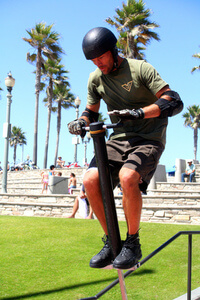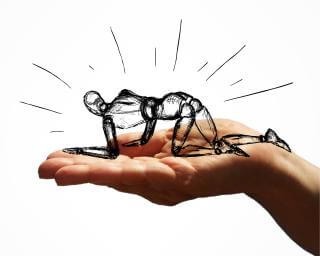Success enjoyed by individuals attempting something for the first time occurs so frequently that it’s taken on the familiar moniker “beginner’s luck.” But rather than luck, perhaps there’s more to these frequent successful occurrences. It’s my experience that success often comes because beginners aren’t encumbered with fears of previous failures. The Japanese term “shoshin” translates as “beginner’s mind.” Author Shunryu Suzuki commented, “In the beginner’s mind there are many possibilities, but in the expert’s there are few.”¹ As teachers and coaches, I believe there are advantages if we deliberately maintain a beginner’s mind throughout our endeavors. Often we can achieve greater results and enjoy deeper personal satisfaction.

Picture yourself at the beginning of the year. Your students/athletes are seeing you for the first time after an extended period and seem relatively happy about it. Some seem to have grown, some perhaps matured, and some might be brand new faces altogether; but at this moment all things are possible. Now let’s imagine two separate scenarios. First, you use experience to inform the decisions you make regarding class/practice structure, class/team management issues, and of course to shape your personal philosophy. Experience combined with a beginner’s mind allows us to clearly see how past practices can be built upon (e.g. enhanced time management during class or practice episodes, clarity in the pitfalls of wasting time with elements that bear little fruit in the broader picture, etc), and can better help us attain our goals.
In contrast, experience’s less helpful cousin is the expert mindset. The expert mindset creates a scenario where pessimism creeps in at the first sign of trouble. The expert mindset doesn’t use experience as a teacher but rather a predictor of fortunes to come. With the expert mindset guiding our thinking we bemoan errors during instruction rather than giving better explanations or trying different ways to solve problems. We are unhappy with our students and complain more. With the expert mindset firmly in place we tend to quickly abandon the “well intentioned” plans of high performance at the first signs of trouble and replace them with a cobbled together mishmash of something destined to cause the least amount of confusion. What’s worse is that in the expert’s mind, “It was all inevitable in the first place. You could see it coming a mile away!”






